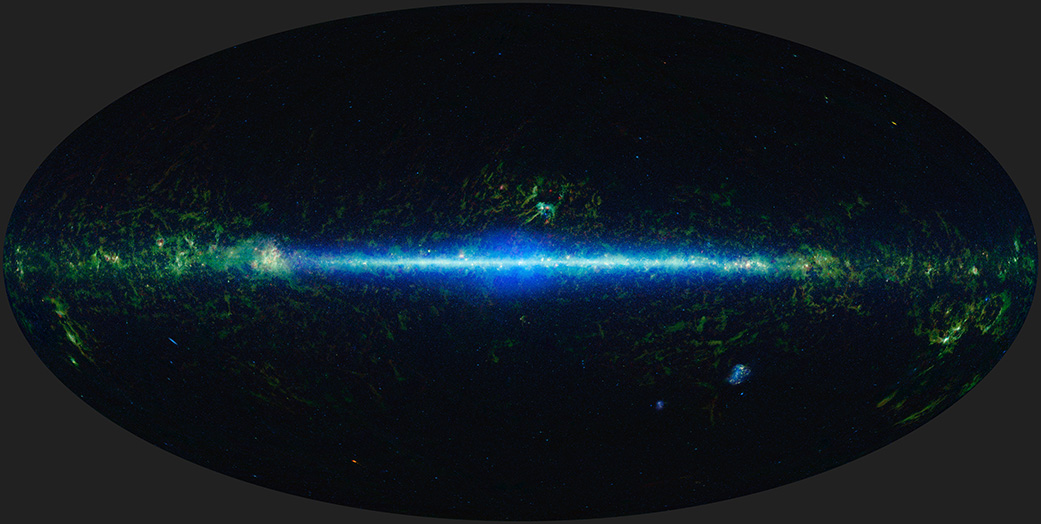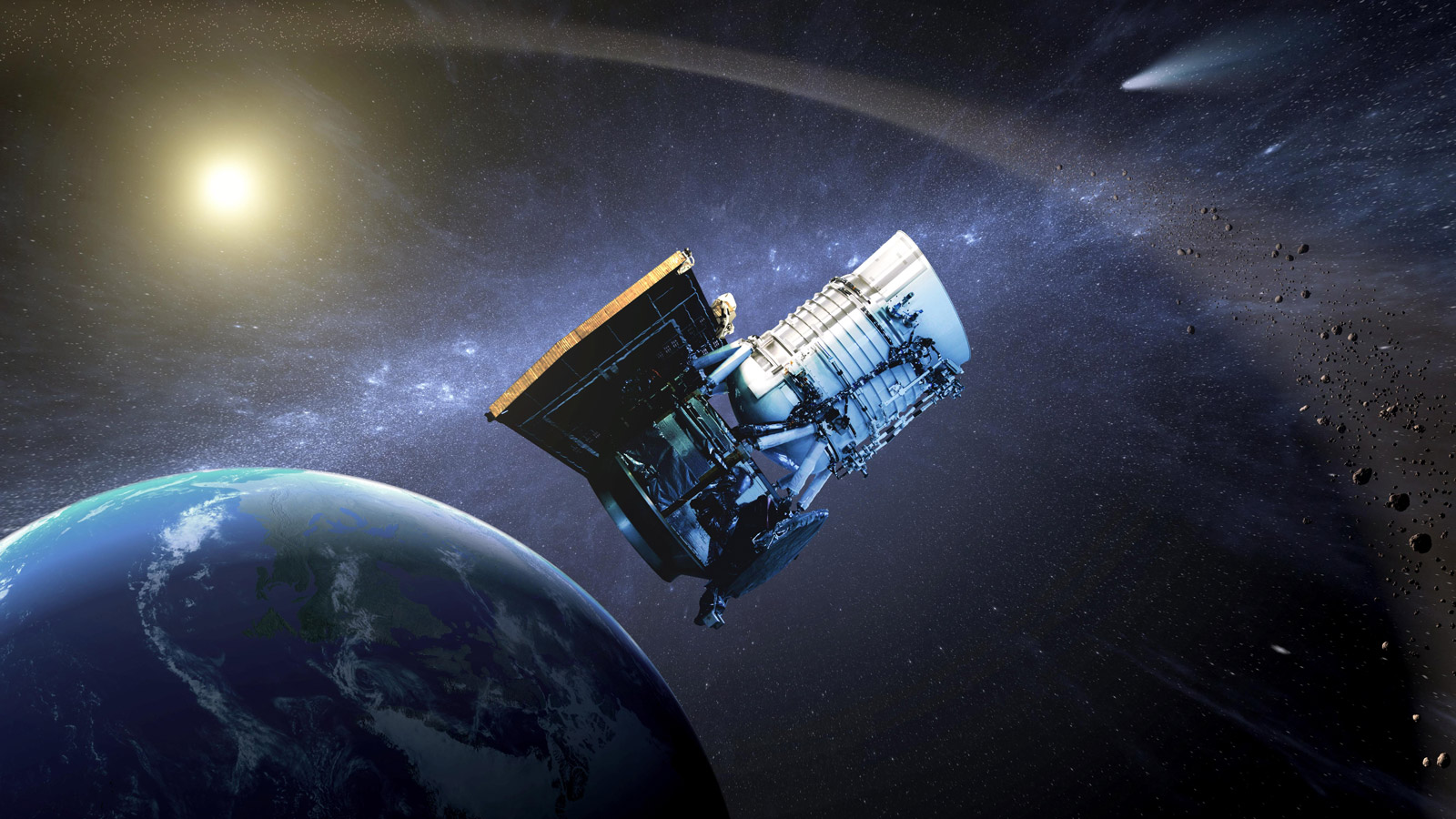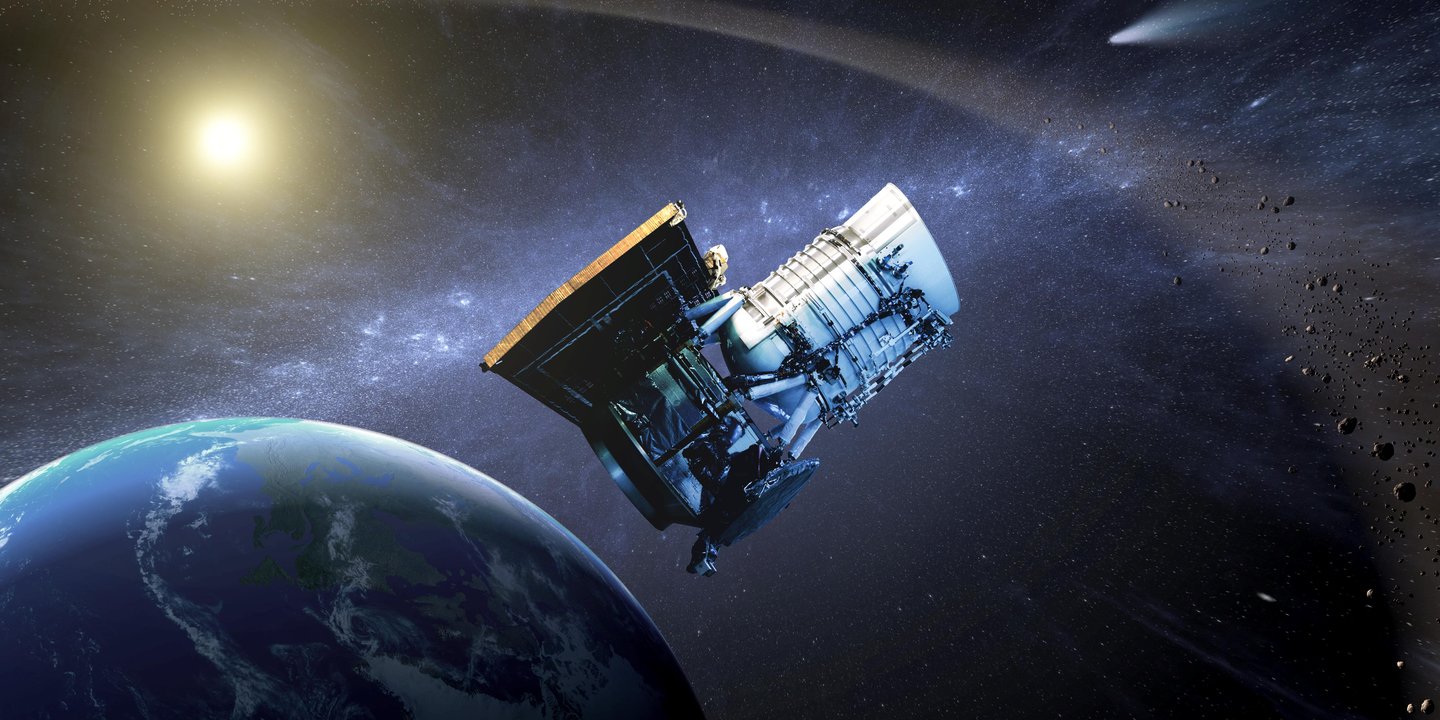Key Takeaways:
- NEOWISE’s time-lapse maps reveal movement and brightness changes across the sky, unveiling cosmic events.
- Originally launched as WISE in 2009, the telescope has been re-purposed to track near-Earth objects.
- NEOWISE data has significantly boosted our understanding of nearby brown dwarfs and Y-dwarfs.
- The telescope monitors nearly 1,000 protostars, giving insight into star formation.
- NEOWISE’s observations aid black hole studies by helping measure gas disks around supermassive black holes.
_______________
NEOWISE captures changes in over 500 million cosmic objects across 18 all-sky maps.

NASA’s NEOWISE telescope, initially launched as the Wide Field Infrared Survey Explorer (WISE) in 2009, has become a valuable tool for observing the universe in motion. Originally, WISE scanned the sky to identify and study objects beyond our solar system using infrared light, which reveals cosmic bodies that remain invisible in other wavelengths. Though its mission paused in 2011 due to the depletion of its cryogenic coolant, NASA rebooted it in 2013 to focus on tracking near-Earth objects, repurposing it as N EOWISE. Over the years, NEOWISE has captured images of hundreds of millions of celestial objects, mapping the sky every six months and generating a total of 18 all-sky maps (with maps 19 and 20 expected in March 2023).
The Wonders Revealed by NEOWISE
The data from NEOWISE has contributed significantly to the field of time-domain astronomy, revealing changes in brightness and position for distant cosmic objects. “If you go outside and look at the night sky, it might seem like nothing ever changes, but that’s not the case,” explains Amy Mainzer, the mission’s principal investigator. NEOWISE’s observations have shown flaring stars, orbiting asteroids, and supermassive black holes, among other phenomena.

Beyond observing our own galaxy, NEOWISE data has improved our understanding of distant stars called brown dwarfs, objects that form similarly to stars but lack the mass to ignite nuclear fusion. The CatWISE catalog, derived from 12 NEOWISE all-sky maps, has enabled astronomers to identify and classify brown dwarfs, particularly those closer to our solar system. Thanks to NEOWISE, researchers have detected approximately 200 brown dwarfs within 65 light-years of Earth and another 60 colder Y-dwarfs, which could hold clues about early star formation. Citizen scientists have also contributed to the hunt for nearby brown dwarfs through the Backyard Worlds: Planet 9 project.
NEOWISE’s data is invaluable in understanding black holes. Using a method called echo mapping, astronomers have analyzed data from the telescope to measure disks of hot, glowing gas surrounding supermassive black holes located in distant galaxies. These disks, though too distant to be directly imaged, provide insights into the black holes’ growth and behavior. NEOWISE has also captured early stages of star formation by tracking nearly 1,000 protostars, young star-like bodies in the process of accumulating mass. These observations allow researchers to study how protostars evolve over time as they gain material from surrounding dust.
NEOWISE’s Lasting Impact on Astronomy
NEOWISE has exceeded initial expectations, both in terms of mission duration and scientific contribution. Peter Eisenhardt, a WISE project scientist, noted the importance of the vast data collected, enabling discoveries unforeseen when the telescope launched. By continually updating all-sky maps, NEOWISE is bridging the gap in our understanding of the ever-changing sky, offering astronomers around the world a powerful lens to monitor cosmic events.
The NEOWISE mission is managed by NASA’s Jet Propulsion Laboratory in Pasadena, California, with principal investigator Amy Mainzer at the University of Arizona. Science processing is carried out by Caltech’s IPAC, and project partnerships extend to institutions such as UCLA and NASA’s Goddard Space Flight Center. This vast collaboration underscores the telescope’s value and the wide-ranging scientific impact of its data on astronomy and planetary defense efforts.





